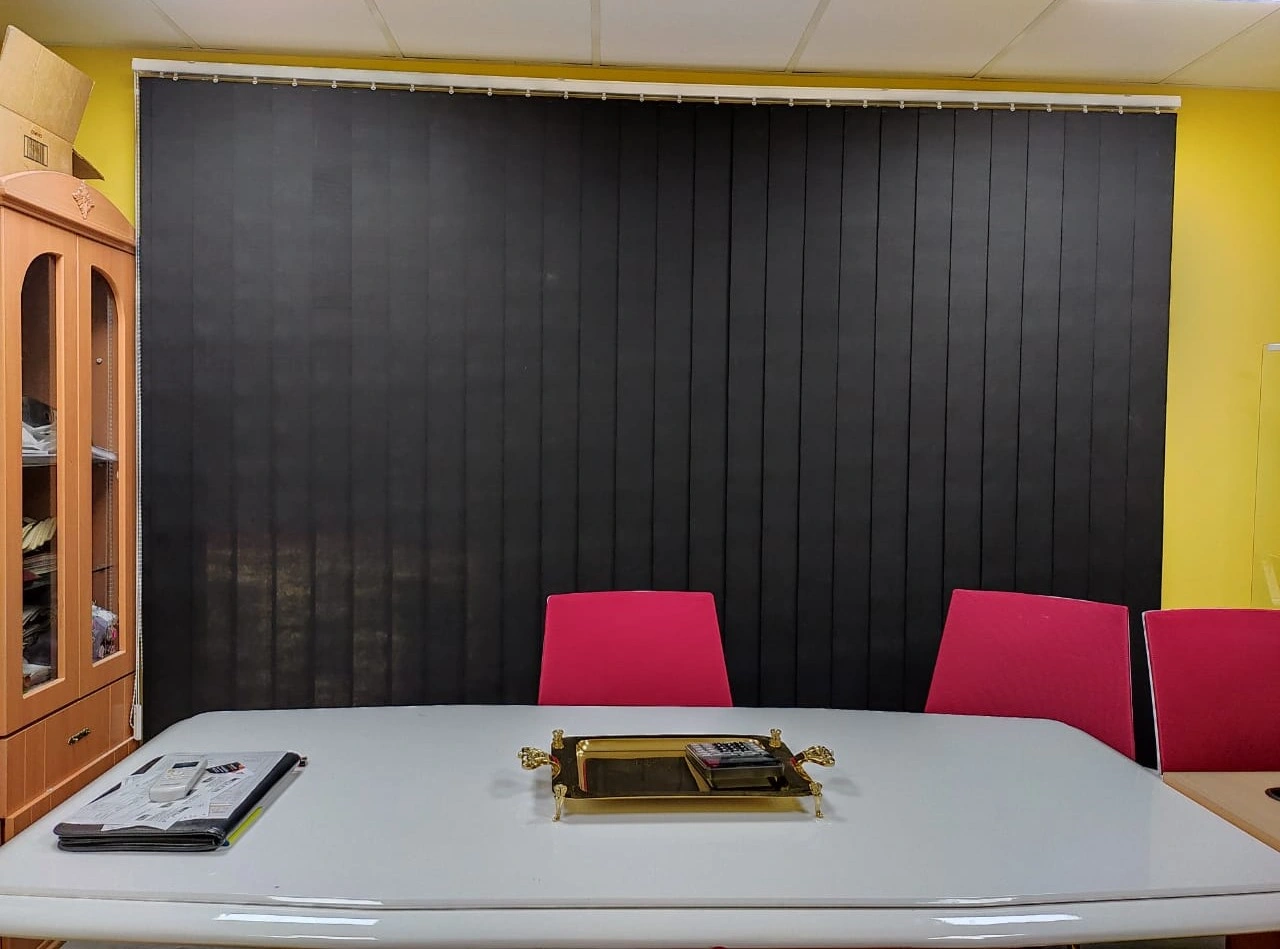Choosing the right blinds for your home or office can impact your room's aesthetics and functionality. The two primary types of blinds are vertical and flat blinds. Here's a breakdown of their distinctions to help you make an informed decision:
Vertical Blinds
Features:
- Design: As the name points, vertical blinds consist of vertically personal slats, typically from the top to the bottom of a window.
- Operation: Turning on the mounting and your choice, these blinds can be drawn to one side, split to both sides or drawn to the centre.
- Size adaptability: Vertical blinds Yn clean care is often employed for large windows and sliding glass doors.
- Material: They can made from fabric, vinyl, aluminium, or wood.
Advantages:
- Light Control: They offer excellent control and can be fully closed, partly open, or limited to allow sifted light.
- Privacy: Provide good privacy as the slats cover the entire length of the window or door.
- Maintenance: Easier to clean as Yn clear can every slat, and there is less trend to collect dust than flat blinds.
- Aesthetics: Ideal for making a modern look, mainly in areas with high ceilings.
Disadvantages:
- Durability: The tracks and personal slats can occasionally break or bend, which may require more regular repairs.
- Noise: Vertical blinds can make noise when they flutter in the wind or if they clang jointly.
Horizontal Blinds Features:
- Design: Flat blinds have slats that run horizontally across the window.
- Operation: They can raised fully, tilted, or pulled down, depending on your need.
- Size adaptability: Ideal for smaller windows but can be used for other sizes.
- Material: Generally made from wood, faux wood, vinyl, or aluminium.
Advantages:
- Light Control: Documenting the slats offers exact control over the amount of light that enters a room.
- Privacy: Great for solitude, as you can adjust the slats to block the view from outside.
- Aesthetics: Deliver a classic, timeless look that completes various decor styles.
- Durability: Generally durable, mainly those made from wood or faux wood.
Disadvantages:
- Cleaning: It can be challenging to clean as dust gets on each slat.
- Operation: Lifting and lowering a wide horizontal blind can be bulky for large windows.
- Warping: In areas with high humidity, wood blinds may warp, so fabrics need to be chosen based on the room backdrop.
Considerations for Making Your Decision
1. Window Size and Placement:
- Vertical blinds might be more helpful and aesthetically inviting for large windows and doors.
- For smaller windows, flat blinds are typically more suitable.
2. Room Functionality:
- Flat blinds can be preferable in bedrooms and occupancy rooms with virtual solitude.
- Vertical blinds might be better in offices or high-traffic areas where ease of cleaning and durability are vital.
3. Design Preferences:
- Think about your space's existing style. Steep blinds give a modern look, while flat blinds offer a more classic build.
4. Light and Privacy Needs:
- Facedown blinds provide more options if you need universal light control and privacy.
- Vertical blinds, such as patio doors, are often more helpful for large, open spaces where light control and privacy are critical.
5. Budget:
- View the fabric and size as they impact the cost. Faux wood flat blinds can be more cost-effective for large windows than natural or custom vertical blinds.
By carefully considering these factors, you should be better prepared to choose the blinds that best meet your needs and improve your space.
